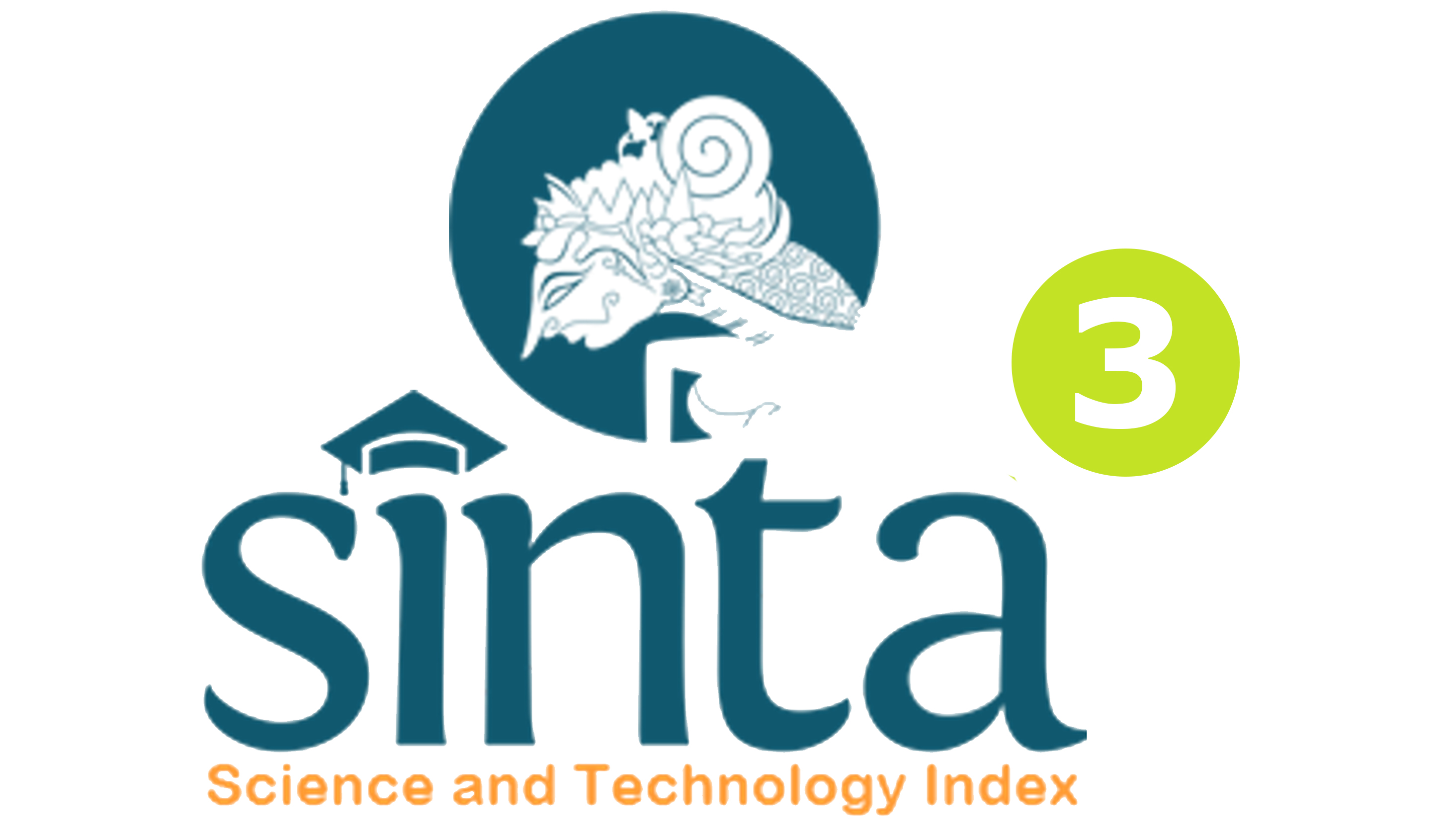EFEKTIVITAS KONSELING BEHAVIORAL TEKNIK MODELING DAN TEKNIK ROLE PLAYING UNTUK MEMINIMALISIR SELF AGGRESSION PADA SISWA KELAS X SMA NEGERI 1 SUKASADA
DOI:
https://doi.org/10.23887/jibk.v4i1.7538Abstract
Tujuan dari penelitian ini adalah untuk mengetahui perbedaan efektivitas konseling behavioral teknik modeling dan teknik role playing untuk meminimalisir self aggression pada siswa kelas X SMA Negeri 1 Sukasada. Penelitian ini menggunakan rancangan penelitian Pretest-Postest Control Group Design. Populasi dalam penelitian berjumlah 104 orang. Teknik pengambilan sampel yang digunakan dalam penelitian ini adalah teknik random sampling. Jumlah sampel penelitian adalah sebanyak 45 orang. Pengumpulan data dalam penelitian ini menggunakan lembar observasi, lembar wawancara, buku harian dan kuesioner self aggression. Metode analisis data yang digunakan adalah t-test dengan taraf signifikansi 5%, dengan db = 28, jadi didapatkan ttabel sebesar 2,04841. Dari hasil penelitian dan analisis mengunakan uji t-test didapatkan bahwa (1) Konseling behavioral teknik modeling efektif untuk meminimalisir self aggression siswa, hasil analisis uji t-test menunjukkan thitung > ttabel (12,99878 > 2,04841). (2) Konseling behavioral teknik role playing efektif untuk meminimalisir self aggression siswa, hasil analisis uji t-test menunjukkan thitung > ttabel (12,283 > 2,04841). (3) Terdapat perbedaan efektivitas antara konseling behavioral teknik modeling dengan konseling behavioral teknik role playing dalam meminimalisir self aggression siswa, hasil analisis uji t-test menunjukkan thitung > ttabel (2,8433 > 2,04841). Dari hasil rerata hitung, didapatkan = 1,24 > = 0,92, yang artinya konseling behavioral teknik modeling lebih efektif dalam meminimalisir self aggression.Kata Kunci : Konseling Behavioral, Teknik Modeling, Teknik Role Playing, Self Aggression Siswa
This study was aimed at knowing the differences of the effectiveness of behavioral modeling technique counseling and behavioral role playing technique counseling in minimizing the self aggression of the X grade students at SMA Negeri 1 Sukasada. This study used The Pretest-Postest Control Group Design. The number of the group population was 104 students. The sampling technique which was used in this study is the random sampling technique. The number of the sample was 45 students. The data were collected using observation sheets, interview, students’ diary, and self aggression questionnaire. The data was analyzed using t-test in which the signification level used was 5%, db = 28, thus, it resulted in ttable around 2,04841. The result of the study and its analysis showed that (1) The Behavioral Modeling Technique Counseling is effective in minimizing the students’ self aggression; t-test showed that thus the comparison tcount > ttable (12,99878 > 2,04841). (2) The Behavioral Role Playing Technique Counseling is effective in minimizing the students’ self aggression; t-test showed that thus the comparison tcount > ttable (12,283 > 2,04841). (3) There is a difference in the effectiveness of behavioral modeling technique counseling and behavioral role playing technique counseling in minimizing the students’ self aggression; t-test showed that thus the comparison tcount > ttable (2,8433 > 2,04841). From the average counting result, it showed that = 1,24 > = 0,92, which means the behavioral modeling technique counseling is more effective in minimizing the students’ self aggression
keyword : Behavioral Counseling, Modeling Technique, Role Playing Technique, Students’ Self Aggression
Published
Issue
Section
License
Jurnal Ilmiah Bimbingan Konseling Undiksha is an Open Access Journal. The authors who publish the manuscript in this journal agree to the following terms:
JIBK is licensed under a Creative Commons Attribution 4.0 International License. This permits anyone to copy, redistribute, remix, transmit and adapt the work provided the original work and source is appropriately cited.
This means:
Jurnal Ilmiah Bimbingan Konseling is licensed under a Creative Commons Attribution 4.0 International License.
(1) Under the CC-BY license, authors retain ownership of the copyright for their article, but authors grant others permission to use the content of publications in JIBK in whole or in part provided that the original work is properly cited. Users (redistributors) of JIBK are required to cite the original source, including the author's names, JIBK as the initial source of publication, year of publication, volume number, issue, and Digital Object Identifier (DOI); (2) The authors are the copyright owner of the article, and the author grants the JIBK held the first publication right.









.png)

.jpg)
